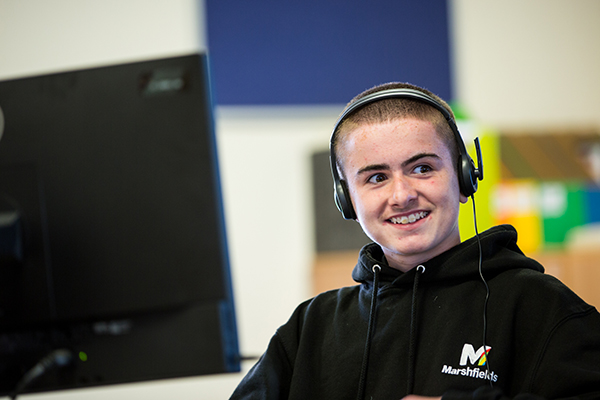Admissions
Peterborough special schools provide appropriate placements for children and young people with the most significant needs and who require a curriculum which is wrapped around them so that they can engage in learning.
There are overlaps between the provision of services in some of the Peterborough special schools to enable the right of parents to express a choice for a type of school (including a mainstream school).
Peterborough recognises the ‘presumption’ of mainstream outlined in the Code of Practice. However, for some children and young people, the combination of their needs and current context suggests the appropriateness of a special school placement.
The Local Authority is responsible for the decision to place a child or young person in a special school. A provision panel with a multi-professional membership considers individual children or young people with a statement or Education Health and Care Plan where a special school placement is requested and advises the Local Authority.
Children and young people who are successful in a specialist setting may return to a mainstream setting at any time, following an appropriate review of their statement of SEN/EHCP. However, it is especially important to consider mainstream options at times of transition, e.g. transfer between primary and secondary phases.
DFE age range: 7-19. Primary need: Learning Difficulties
Children and young people will be attaining at a low academic level, either because of a learning difficulty or because of the impact of specific conditions (e.g. autism or a speech and language disorder) on their functioning. The impact on functioning could be in terms of academic and/or social communication and interaction or presentation.
Children and young people placed in this type of school will therefore have a primary need in cognition and learning. There will usually be associated secondary needs, such as social and emotional or physical and sensory difficulties including autism and/or communication difficulties.
The following sections give a guide to the typical level of functioning which would make a child or young person suitable for placement at Marshfields.
Typical levels of triangulated functioning:
- A cognitive profile at or below 2nd percentile
- Attainment in the core subjects will be significantly below chronological age expectations (at least four years behind, but no more than 6 years below their peers)
- For Year 3 children, they will be independently functioning below pre-key-stage standard 3 (working within the EYFS curriculum) significantly below half chronological age, for example, children ‘by the end of Y2, children will be working within 30-36m range
- For Year 4 children, they will be independently functioning below pre-key-stage standard 4 significantly below half chronological age within cognition & learning, for example by the end of year 3 children will be working within 36-42m range
- At the Year 5 Annual Review, Teacher Assessment will be predominantly between within pre-key stage Standard 3 and within pre-key-stage Standard 5 children will be working at or below year 1 age related national curriculum expectations and/or standardised attainment assessments and cognitive ability at or below 2nd percentile
- For Key Stage 3/4 children attainment in the core subjects will be significantly below chronological age expectations (at least four years behind their peers) standardised attainment assessments and cognitive ability at or below 2nd percentile
- Post 16 students will be working at Entry level 1-3
In addition to the above, children and young people may also exhibit one or more of the additional secondary needs listed below. This is not intended as an exhaustive list, but as a general indicator of the usual profile of need.
- Diagnosis of autism or multidisciplinary assessment of characteristics universally accepted as falling within the Autism Spectrum
- Evidence of significant and prolonged difficulties in social communication and interaction
- Expressive and/or receptive language at or below 2nd percentile (a Speech and Language Disorder)
- Medical issues that may require daily supervision and potential intervention
- Many children and young people will demonstrate a combination of the secondary areas of need. Some will also have additional needs, such as Attention Deficit Hyperactivity Disorder (ADHD), Dyslexia or Dyspraxia. A few may present with behaviours associated with severe mental health difficulties – including depression, self-harm, dependency on mood enhancing medication
Children and young people will require a differentiated and often personalised curriculum to meet their profile of need. Children and young people will require access to a range of accreditation appropriate to their ability and the progress they have made in the school.
You may find the following links useful:
Registering for the parent app
Logging into the parent app
Getting started with the parent app
School Cloud parent guide
School Gateway access guide
Free school meals poster
Welcome booklet
Request for leave of absence letter



